Urbanization Trends
The ongoing urbanization trends are significantly influencing the Softwood Lumber Market. As populations migrate towards urban centers, the demand for residential and commercial construction is surging. In 2025, urban areas are projected to witness a substantial increase in construction activities, driven by the need for housing and infrastructure development. This surge in construction is likely to elevate the demand for softwood lumber, which is favored for its versatility and cost-effectiveness. Additionally, urban planners are increasingly incorporating sustainable building practices, further enhancing the appeal of softwood lumber as a primary material in urban development projects. The interplay between urbanization and the Softwood Lumber Market is expected to create numerous opportunities for growth.
Regulatory Frameworks
The regulatory landscape surrounding the Softwood Lumber Market is evolving, with governments implementing policies aimed at promoting sustainable forestry practices. In 2025, stricter regulations regarding logging practices and timber sourcing are anticipated, which may compel manufacturers to adopt more sustainable methods. Compliance with these regulations could lead to increased operational costs; however, it may also enhance the market's overall sustainability profile. Furthermore, government incentives for using renewable materials in construction are likely to stimulate demand for softwood lumber. As regulations continue to shape the industry, companies that proactively adapt to these changes may gain a competitive edge in the Softwood Lumber Market.
Technological Innovations
Technological advancements are reshaping the Softwood Lumber Market, enhancing production efficiency and product quality. Innovations such as automated milling processes and advanced drying techniques are streamlining operations, reducing waste, and improving yield. In 2025, the adoption of smart technologies, including IoT and AI, is expected to facilitate better inventory management and predictive analytics, allowing companies to respond swiftly to market fluctuations. These developments not only optimize resource utilization but also contribute to cost savings, making softwood lumber a more attractive option for builders and manufacturers. As technology continues to evolve, it is likely to play a pivotal role in shaping the future landscape of the Softwood Lumber Market.
Sustainability Initiatives
The increasing emphasis on sustainability within the Softwood Lumber Market is driving demand for eco-friendly building materials. As consumers and businesses alike prioritize environmentally responsible practices, the preference for sustainably sourced softwood lumber is likely to rise. This trend is supported by various certifications, such as the Forest Stewardship Council (FSC), which assure consumers of responsible forestry practices. In 2025, the market for certified softwood lumber is projected to account for a substantial share, reflecting a shift towards greener construction methods. Furthermore, the growing awareness of climate change impacts may lead to stricter regulations, further bolstering the demand for sustainable products in the Softwood Lumber Market.
Economic Recovery and Growth
The economic recovery observed in various regions is positively impacting the Softwood Lumber Market. As economies stabilize and grow, construction activities are expected to rebound, leading to increased demand for softwood lumber. In 2025, the construction sector is projected to expand, driven by both residential and commercial projects. This growth is likely to be fueled by rising consumer confidence and increased investment in infrastructure. Additionally, the softwood lumber market may benefit from favorable interest rates, which could encourage borrowing for construction projects. As economic conditions improve, the Softwood Lumber Market is poised to experience a resurgence, presenting opportunities for manufacturers and suppliers.


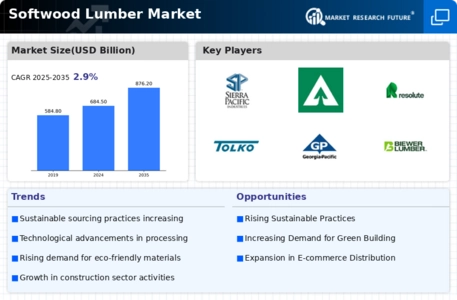
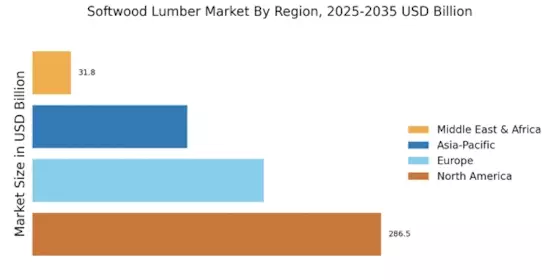
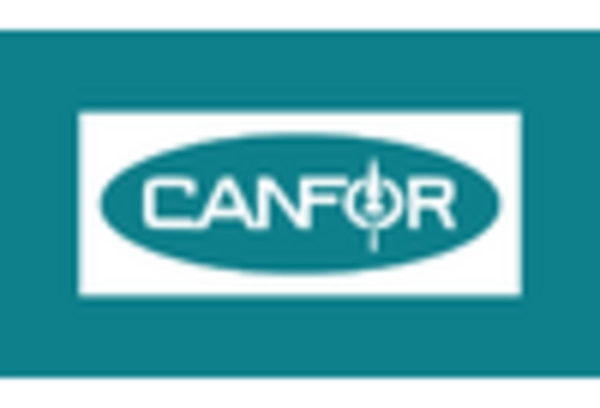



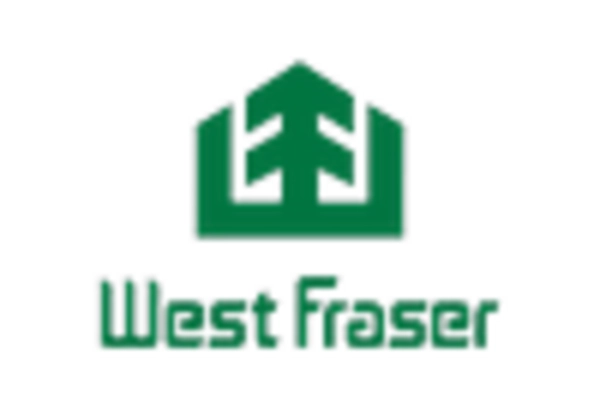
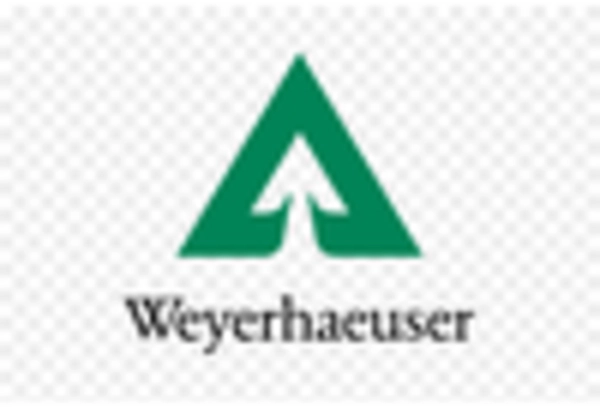








Leave a Comment